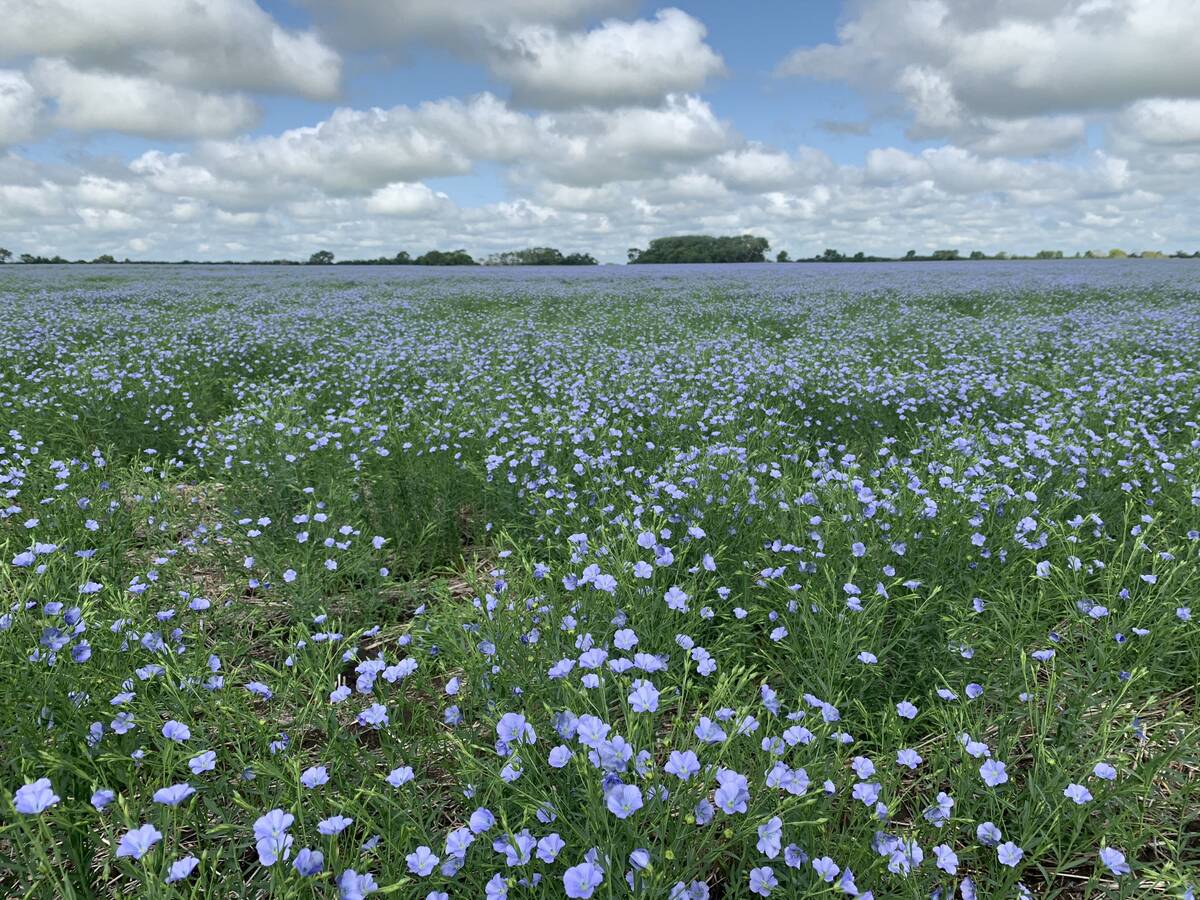Dry soil taking toll Only 32 percent rated good to excellent in most recent report, down one percentage point from the previous week
CHICAGO, Ill. (Reuters) — Hard red winter wheat conditions deteriorated across the southern Plains as dry soils took their toll on crop health.
The U.S. Department of Agriculture’s National Agricultural Statistics Service said in a weekly report March 31 that hard red winter wheat in Kansas was rated 32 percent good to excellent as of March 30, a one percentage point decline from a week earlier.
The poor-to-very poor rating rose to 25 percent from 21 percent the previous week.
Good-to-excellent ratings in the state have fallen for three weeks in a row. March is a crucial period for development of hard red winter wheat as the crop emerges from its winter dormancy stage in many areas.
Read Also

Flax sector sees omega-3 opportunity
SASKATOON — A global shortage of omega-3 oils could be an opportunity for the flax sector, says an industry official….
“The wheat crop is in need of moisture in most areas,” NASS’s Kansas field office said in a report.
Topsoil moisture in Kansas was rated 68 percent short to very short, according to the NASS report.
Rain was forecast for late this week, but more moisture will be needed.
Crop development was behind schedule, with only five percent of the crop jointing as of March 30, down from 12 percent in late March 2012 and well below the average of 21 percent.
Wheat was rated 17 percent good and zero percent excellent further west in Oklahoma, which has re-ceived slightly more than half of normal precipitation since the start of the growing season.
Oklahoma’s NASS office said 95 percent of the state remained in drought. It said 38 percent of the Oklahoma crop was jointing, 11 points behind 2013 and 25 points behind the five-year average.
Only 11 percent of wheat was rated good to excellent in Texas, with topsoil moisture 75 percent short to very short.
The poor-to-very poor rating in Texas rose to 59 percent from 55 percent the previous week.
Soft red winter wheat, grown mostly east of the Mississippi River, was in better shape than hard red winter wheat, but the crop was still showing the effects of a long, cold winter.
Soft red winter wheat in Illinois was rated 47 percent good to excellent, seven percentage points lower than four weeks ago, which was the last time the crop was rated.














